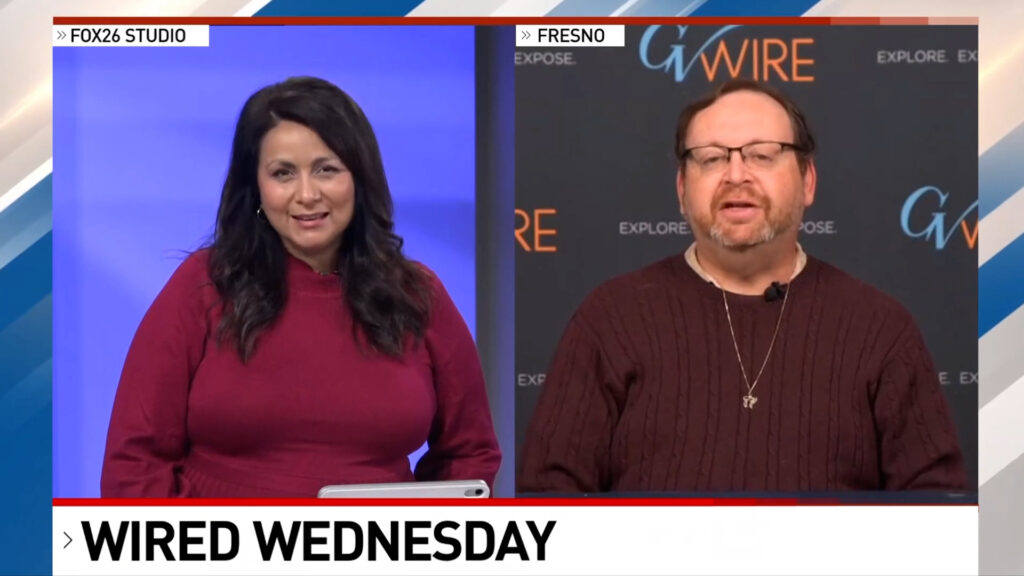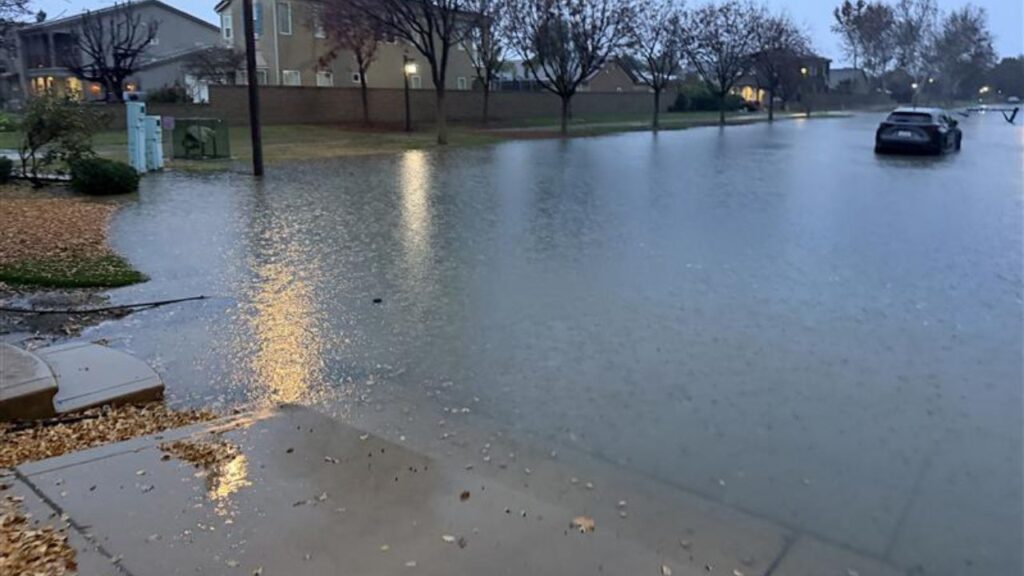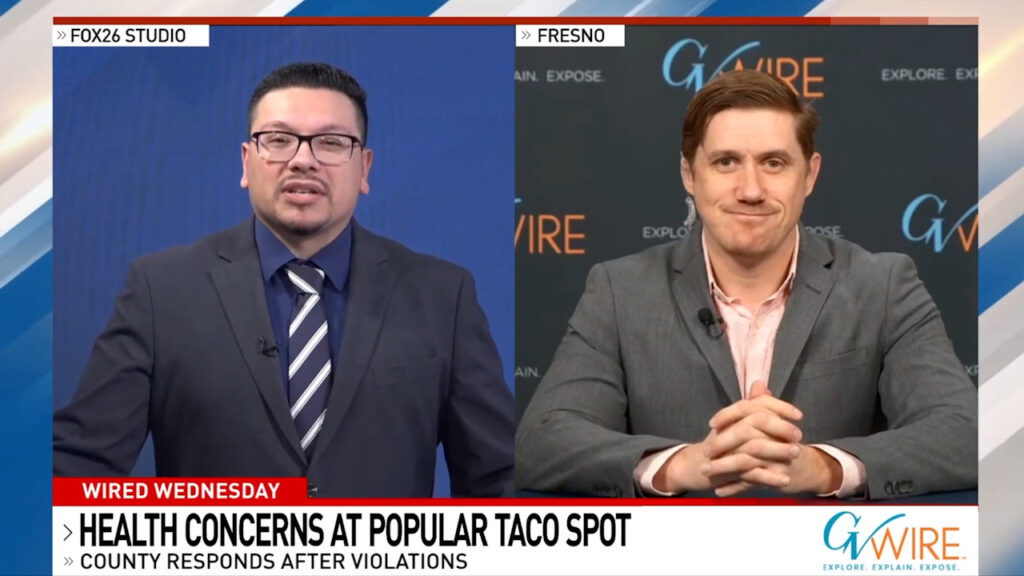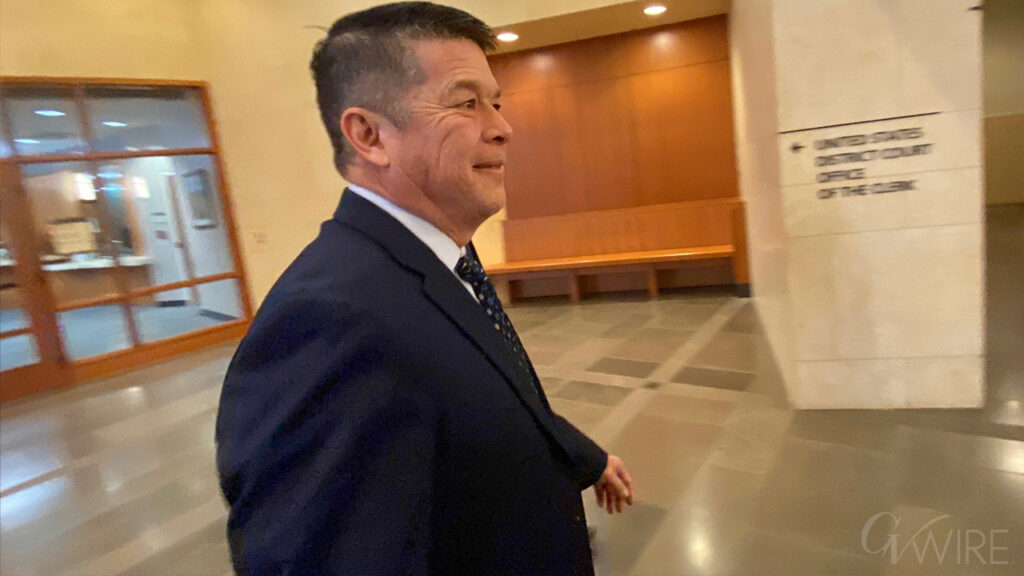Former President Donald Trump, the Republican presidential nominee, makes remarks at Il Toro E La Capra restaurant in Las Vegas, Aug. 23, 2024. Trump’s proposals include a 10 to 20 percent tariff on most imports, as well as a more than 60 percent tariff on Chinese products. (Roger Kisby/The New York Times)

- Biden’s policies helped reduce U.S. murder rates, reversing a spike seen under Trump’s administration.
- The American Rescue Plan funded law enforcement and community groups, stabilizing local governments and reducing violence.
- The Bipartisan Safer Communities Act improved gun control, contributing to the largest murder rate drop since 1960.
Share
|
Getting your Trinity Audio player ready...
|
Opinion by Patrick Sharkey on Sept. 13, 2024.
THE ADMINISTRATION’S POLICIES ON LAW ENFORCEMENT, COMMUNITY ROLES AND GUN CONTROL HELPED ERASE THE SPIKE IN KILLINGS.
When President Biden and Vice President Kamala Harris took office in January 2021, they did so on the heels of the largest single-year increase in murders on record. The national murder rate rose by about 30 percent in 2020, the last year of the Trump administration. Almost 5,000 more Americans were killed that year than in the year before, and the number of fatal shootings had almost doubled in cities like Milwaukee, New York and Fresno, Calif.
Fast forward almost four years. Unless something changes drastically in the next few months, Mr. Biden will leave office on the heels of the largest single-year decline in the murder rate on record. While former President Trump claimed at Tuesday’s debate with Vice President Harris that “crime in this country is through the roof,” data gathered at AmericanViolence.org, a website I established as part of Princeton’s Violence and Inequality Project, shows the opposite: Gun violence continues to fall rapidly in a large majority of U.S. cities. Fatal shootings in Philadelphia have fallen by more than 40 percent through August of this year, and by almost half in New Orleans.
Data gathered by Jeff Asher, a crime analyst, suggest that the national murder rate is on course to fall by roughly 16 percent in 2024, which would be the largest year-to-year drop since reliable statistics were first collected in 1960. If the current pace continues, at least 5,000 fewer Americans will be murdered this year than in 2020, Mr. Trump’s last year in office. That would make 2024 one of the safest years in the history of the United States.
It is usually a mistake to attribute trends in violence to the presidential administration in power, or even to the actions of the federal government. Gun laws and carceral policy are almost entirely enacted at the state level, and policing is even more decentralized. And yet there is good reason to think that the abrupt rise of violence in the last year of the Trump administration and the fall of violence under Mr. Biden were not coincidental.
Mr. Trump’s policies during his time in office were often incoherent, but most had a common theme of undermining the role and efficacy of government. He loosened federal gun regulations, and under his watch, the Department of Justice largely curbed its investigations of discriminatory practices in local police departments.
Mr. Trump’s indifferent style of policy-making had tangible consequences in the spring of 2020, when the pandemic hit the United States and the rest of the world. No presidential administration could have fully prepared for it or ended its spread. But the United States was the only nation where the pandemic led to a sharp increase in gun violence.
Mr. Trump’s denial of the reality of what the nation was facing, his efforts to undermine any collective response and his administration’s incompetence conveyed a very clear message to the nation: We were all on our own. Americans purchased more new guns in 2020 than in any previous year on record.
In late May 2020, when the video of George Floyd’s murder ignited a nationwide uprising, shootings immediately began to rise in almost every major U.S. city. In some relatively safe cities, like Portland, Ore., and Minneapolis, the scale of the sudden rise of gun violence was truly stunning. And yet it was predictable. There are now numerous examples of police brutality leading to intense protests against the police, followed by a rise in violence. This pattern can result from changes in police behavior and changes in residents’ behavior, like an unwillingness to provide information to the police or call the police to report a crime.
When a city relies on one institution — law enforcement — to handle all of the challenges that arise from extreme inequality and that institution suddenly steps back from its role, the local social order is disrupted. If firearms are circulating freely through the nation’s neighborhoods, it can result in a sudden spike in shootings. The Trump administration did not directly cause the rise of gun violence in the summer of 2020, but the former president’s approach to governing helped create the conditions for violence to rise. His words fanned the flames of racial hostility and his actions were symbolic, like sending funding and federal officers to Kenosha, Wis., in the aftermath of the police shooting of Jacob Blake.
Mr. Trump left office with the nation in chaos and with the highest murder rate of the 21st century. But things didn’t improve immediately when Mr. Biden took office in January 2021. The murder rate worsened in 2021, with no immediate signs of a return to the relative peace of the Obama years.
The shift in policy began with the passage of the American Rescue Plan. The federal funding enabled cities and towns to avoid slashing their budgets and cutting city services and staffs. Mr. Biden resisted the calls to extract funding from law enforcement, and the administration advocated core reforms of policing while also investing billions of dollars to retain and hire new police officers. This support was crucial to ensuring that police departments were not dealing with unusually high levels of violence with a depleted force. Powerful evidence from the 1990s and the Great Recession of the late 2000s tells us that this kind of influx of federal funding to states, local governments and police departments generates clear reductions in violent crime.
The stabilization of local governments and police forces was the first core component of the Biden model to confronting violence. But there was also a new, distinct dimension of his approach. The American Rescue Plan was the first major federal legislation in more than 50 years to acknowledge the role that community organizations play in keeping neighborhoods safe without the harm that comes from relying solely on the police.
The legislation devoted funding explicitly for community violence intervention, a marked shift from previous federal policy that stands on sound evidence: The best research available tells us that community organizations can have powerful effects on violence and that the proliferation of local nonprofits during the 1990s played a central, underappreciated role in contributing to the drop in violence that took place across U.S. cities soon after.
The third component of the administration’s new model was to reinsert the federal government into the regulation of guns. The Bipartisan Safer Communities Act was the first major piece of federal gun legislation in nearly 30 years. The law included new measures to crack down on gun trafficking, enhanced regulations of gun dealers and enacted stricter regulations on purchases for Americans under 21. The administration announced its intention to go further, establishing the White House Office of Gun Violence Prevention under the direction of Ms. Harris and proposing policies, like nearly universal background checks, that have been carried out at the state level and been shown to be effective in reducing gun deaths.
The Biden-Harris model for confronting violence has its flaws, and it is incomplete. Little meaningful progress has been made in reducing concentrated poverty, which contributes to violence. The administration has called for, but hasn’t adopted, many of the basic regulations of firearms that have the strongest evidence behind them. Federal funding directed toward community violence interventions was historic, but it was a drop in the bucket compared with the funding that police units received from the pandemic relief bill. And the effort to fundamentally reform the institution of law enforcement is, at best, incomplete. While the administration supported meaningful reforms in the George Floyd Justice in Policing Act of 2021, the legislation couldn’t make it through the Senate. The number of Americans killed by police departments each year has risen, not fallen, since Mr. Biden took office.
These are shortcomings driven by a range of political constraints and calculations that are far outside my area of expertise. But if one looks back over the past four years, clear conclusions emerge. The federal government can help solve some of our grand challenges. Investments in public institutions and community organizations can save thousands of lives. Social policy can transform our nation’s cities.
It is difficult to predict what will happen in the next four years under President Harris or President Trump. But we can say this: All of the evidence available suggests that a federal approach characterized by the deregulation of guns and disinvestment in communities is likely to lead to higher levels of violence. An approach characterized by investment in new approaches to law enforcement and robust support for community organizations, funding for state and local governments and enhanced efforts to keep guns out of America’s neighborhoods is likely to be the most effective way for the federal government to reduce violence even further.
–
This article originally appeared in The New York Times.
c. 2024 The New York Times Company
RELATED TOPICS:
Categories

Wall Street Closes Near Record Highs, Precious Metals Rise

One Gaza Girl’s Fight to Survive Extreme Hunger

















